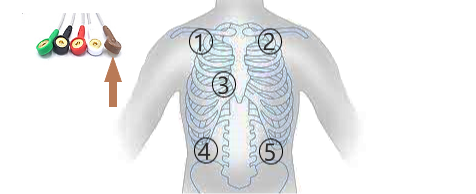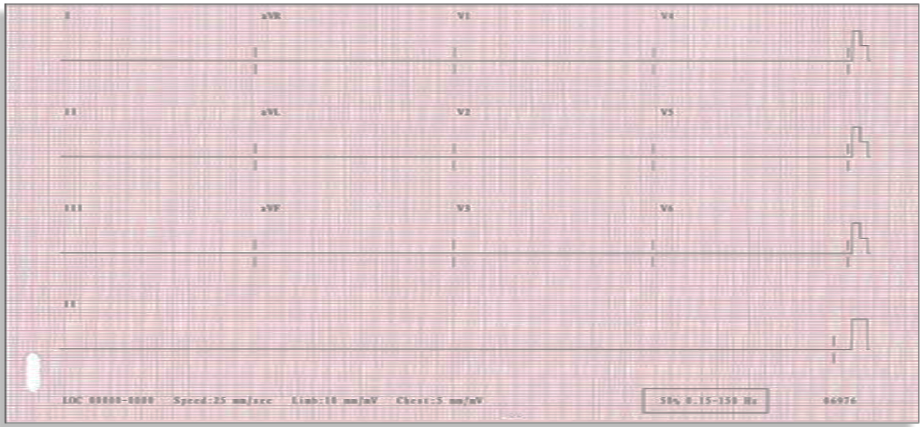Electrocardiograms
{"name":"Electrocardiograms", "url":"https://www.quiz-maker.com/QPREVIEW","txt":"Test your knowledge on electrocardiograms with our comprehensive quiz designed for healthcare professionals. This quiz covers important concepts and practical scenarios to reinforce your understanding of ECG interpretation and lead placement.Key Features:10 challenging multiple-choice questions.Immediate feedback on your answers.Perfect for nurses, medical students, and anyone interested in cardiology.","img":"https:/images/course6.png"}
More Quizzes
ECG interpretation
740
Endo 22 quiz
291486
Position of adverbs
7420
Test
100
Are You Gay: Free Orientation Test for Guys
201027824
Free Training: Practice Test & Study Guide
201027267
Ultimate Comedy Trivia: Test Your Funny Movie Knowledge
201046518
Ultimate Disturbed Band: Test Your Metal IQ!
201029675
Free Scatter Plots & Data Analysis Answer Key
201024218
Free DNA Unit Test Review
201027824
Can You Ace These Rosa Parks Questions? Yourself
201033987
Quad Prefix Words & Tri Prefixes - Are You a Word Whiz?
201028409




